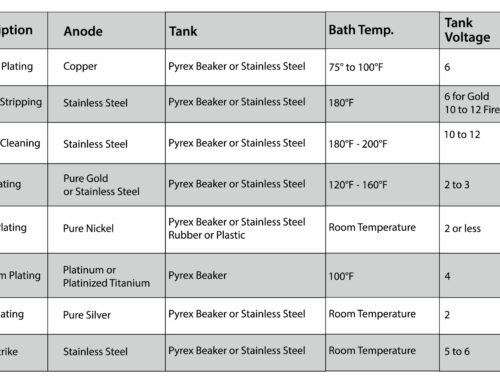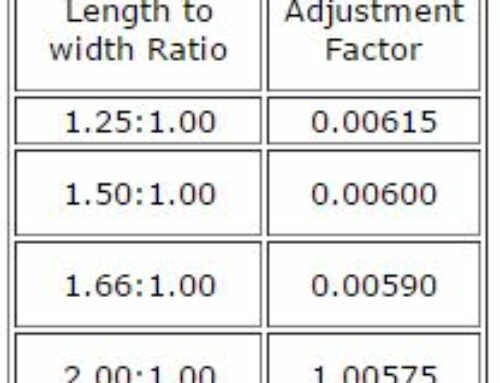This method of testing involves you applying acid to a deep cut in the metal of the unknown piece you suspect of being 10 karat gold or less. Remember, you can only really rely on this test after you have tried the basic steak method above and the streak faded almost completely with the application of acid. This being said, it is important that you try to limit destructive testing as much as possible to items that either have little aesthetic value, or it can be easily repaired. And you should always be sure to ask for your customer’s permission before performing a destructive test on one of their items.
Tools Needed:
- A jeweler’s file or cutter
- A testing stone or other acid safe surface
- An optional jeweler’s loupe or other magnification device
- And 14 karat gold testing acid
Step 1
Take your unknown gold and your metal file and file or grind a deep cut into the metal with a jeweler’s file or using cutters to get down to the underlying metal.
Step 2
Hold the metal over the testing plate or acid safe surface so that the cut side is facing up toward you. Carefully apply a drop or two of the 14 karat acid directly in the open cut.
Step 3
Observe the reaction. You will be watching to see if some sort of green bubbles appear where you applied the acid to the metal. Sometimes you may need a jeweler’s loupe to observe the acid reaction and see if there are actually green bubbles, you can also blot the acid with a white tissue or napkin to better observe the color of the reaction bubbles which will give you better viewing contrast than a gold background.
- If the cut immediately begins to bubble profusely with very green bubbles the item is either gold filled or gold plated with copper, nickel or a brass alloy composing most of the metal content of the piece. This is also a common reaction for gold that is 7 karat gold or less.
- If after 10 seconds, there are only a few green bubbles in the cut, the item is most likely 9 karat gold. Be aware that 10 karat white gold will bubble green very slightly when the 14 karat acid is applied due to the high nickel alloy, so if the metal is white you will have to be cautious in your identification of the metal.
- If after 10 seconds, there are a number of green bubbles in and around the cut, the item is going to be around 8 karat gold.
- If the cut turns brown immediately and after 10 to 15 seconds of observation there are no green bubbles the item is a true 10 karat gold.





Leave A Comment